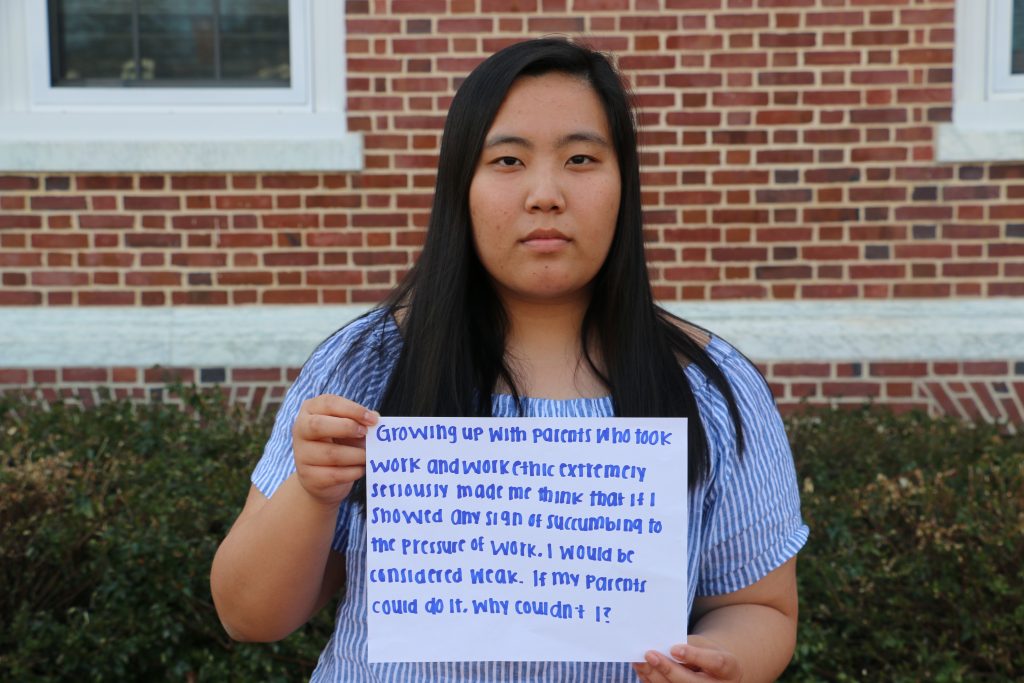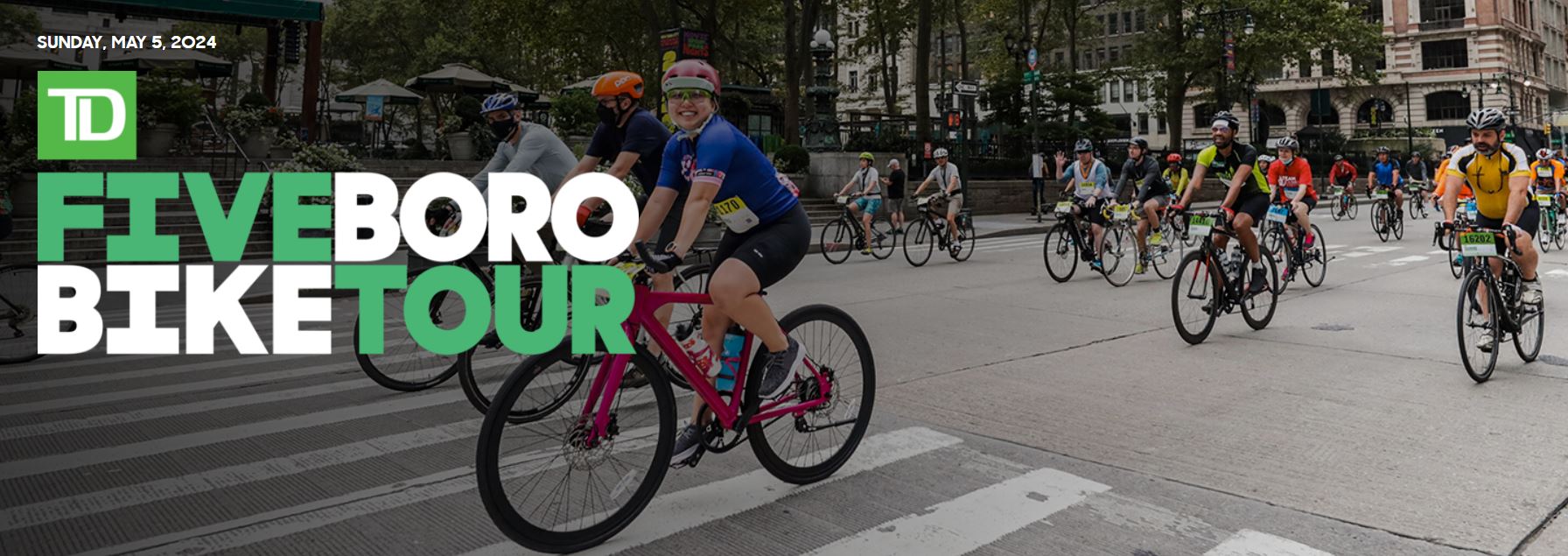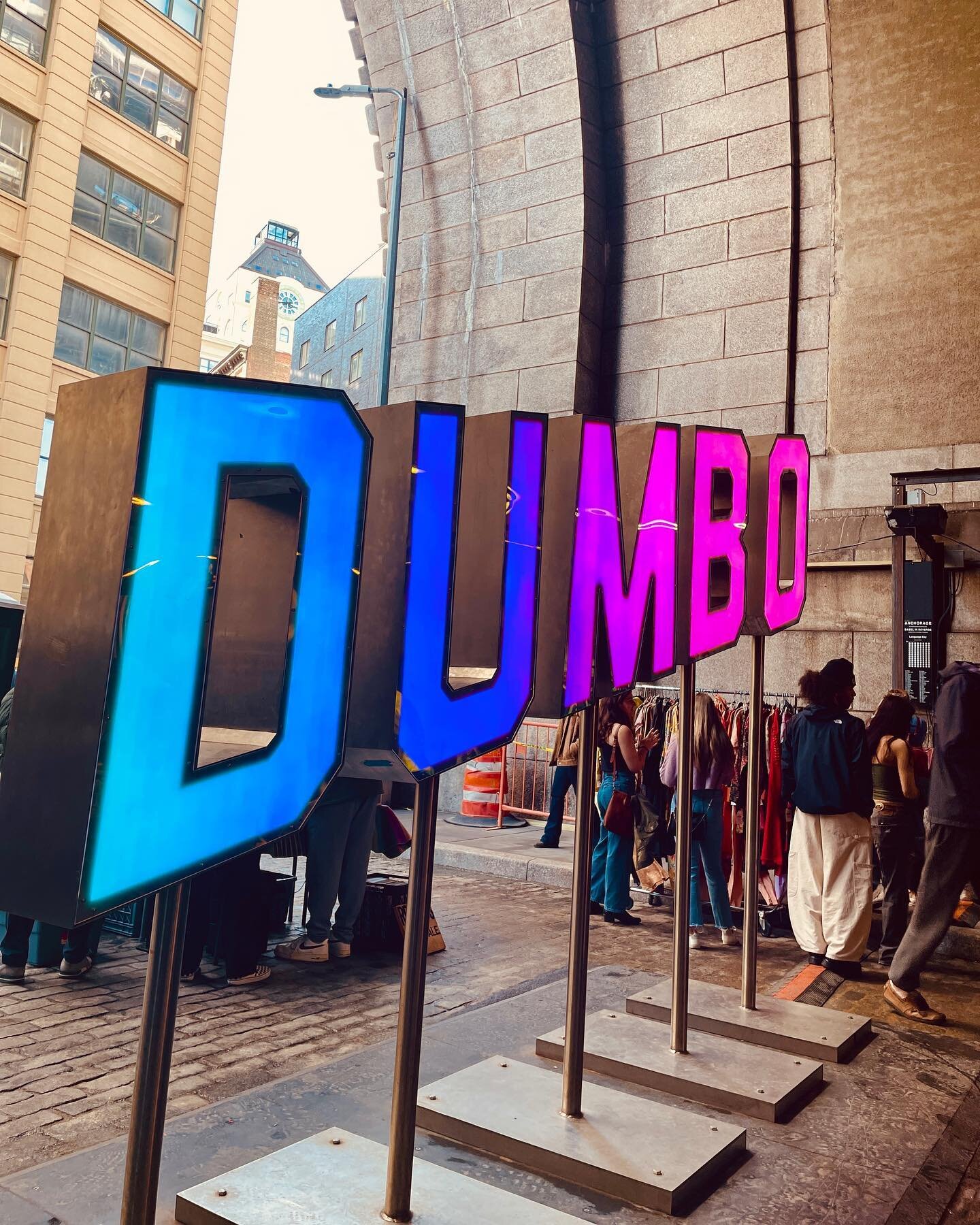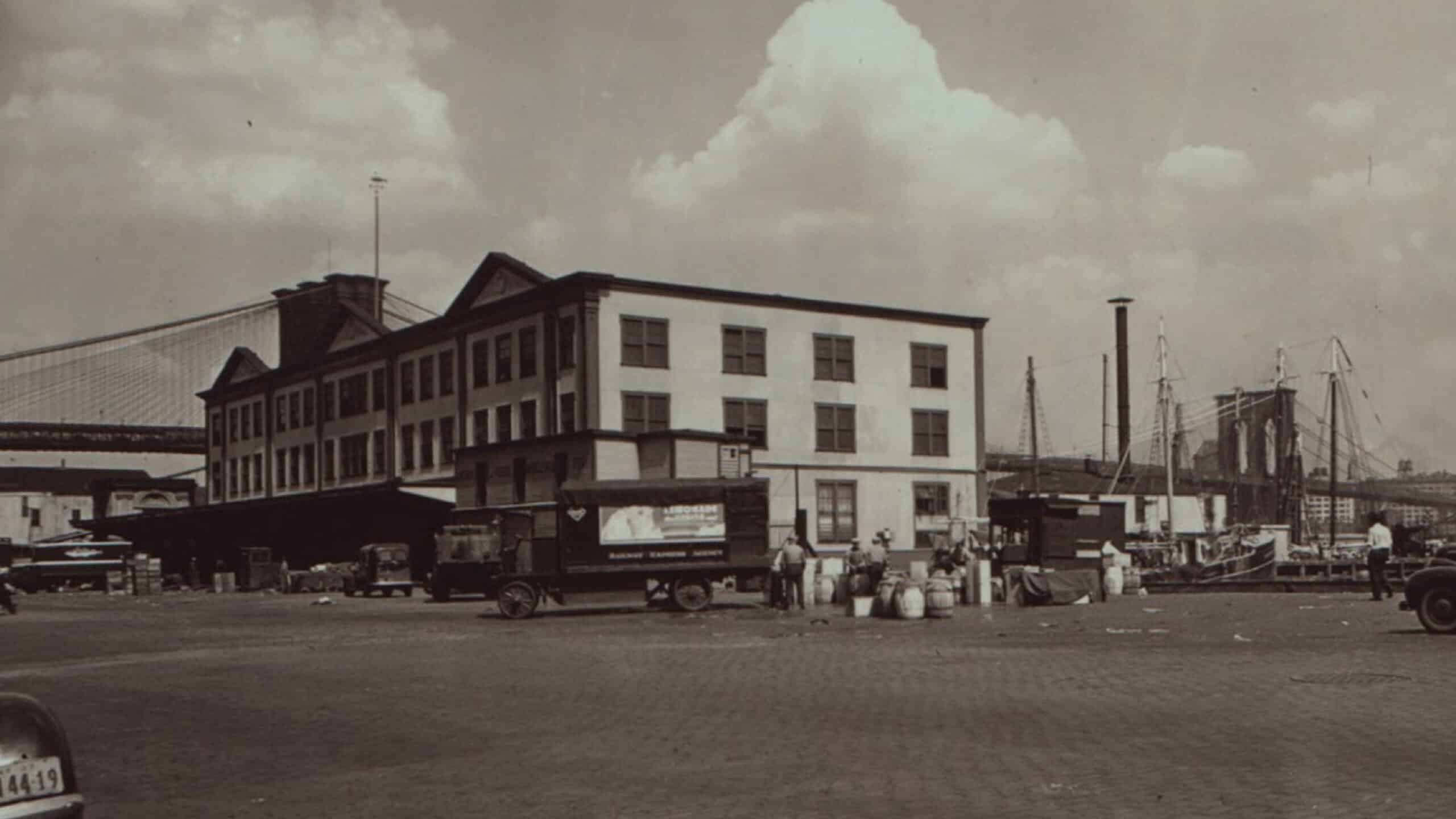The Wedding Banquet: A Queer Asian-American Perspective

Table of Contents
Navigating Traditional Expectations
Family Pressure and Acceptance
For many Queer Asian-Americans, the wedding banquet is not simply a celebration; it's a minefield of familial expectations and potential conflict. The pressure to conform to traditional Asian family values surrounding marriage and family can be immense. Many within the community still hold deeply ingrained beliefs about marriage being exclusively between a man and a woman. This can lead to:
- Discrepancies between personal identity and family expectations: Many face the difficult choice of either concealing their true identity or enduring disapproval from family members.
- Difficult conversations surrounding coming out to Asian parents: This often involves navigating cultural sensitivities, generational gaps, and potential prejudice.
- Strained family relationships: The struggle for acceptance can place significant stress on familial bonds.
However, there are strategies for navigating these challenges:
- Seeking support from LGBTQ+ Asian organizations and communities: These groups offer invaluable resources, guidance, and a sense of belonging.
- Educating family members on LGBTQ+ issues: Open and honest communication, backed by education and understanding, can pave the way for acceptance.
- Finding allies within the family: Even a single supportive family member can make a significant difference.
Balancing Tradition and Identity
Balancing the desire to honor cherished Asian wedding traditions with the need to authentically express one's queer identity presents a delicate balancing act. The goal isn't necessarily to abandon tradition but to creatively adapt it to be inclusive. This could involve:
- Incorporating subtle queer elements into a traditional setting: For example, using rainbow accents in the décor or choosing a same-sex dance performance.
- Modifying traditional ceremonies to reflect LGBTQ+ inclusivity: This might involve adapting vows or rituals to reflect a same-sex partnership.
- Negotiating compromises with family members: Open communication and a willingness to find middle ground are crucial.
Representation and Visibility
The Lack of Queer Asian Representation
The lack of positive Queer Asian representation in media and popular culture significantly impacts the experiences of Queer Asian-Americans. Stereotypical portrayals, when they exist at all, often reinforce harmful narratives. This lack of visibility leads to:
- Limited role models and mentors: Young Queer Asian-Americans may struggle to find individuals who reflect their own experiences.
- Lowered self-esteem and feelings of isolation: A lack of representation can make individuals feel invisible and alone in their struggles.
- Difficulty in building a sense of community: Finding others who share their unique intersectional identity can be challenging.
Creating positive representation is vital, promoting self-acceptance and community building within the LGBTQ+ Asian community.
Creating Safe and Inclusive Spaces
Creating safe and inclusive spaces at wedding banquets is paramount. This requires proactive steps to ensure all guests feel welcomed and respected. Strategies include:
- Clearly communicating expectations for respectful behavior: This sets the tone for the event and establishes zero-tolerance for homophobic or transphobic behavior.
- Educating guests on LGBTQ+ terminology and issues: Providing context and promoting understanding can prevent unintentional offenses.
- Appointing an ally or designated person to address any issues: Having someone readily available to respond to concerns or intervene if necessary can greatly improve safety and comfort.
The Wedding Banquet as a Microcosm of the Larger Struggle
Intersectionality and Identity
The Queer Asian-American experience is multifaceted. Understanding the intersectionality of queer identity and Asian-American identity is crucial to understanding the unique challenges faced. This involves recognizing how:
- Race, gender, class, and sexual orientation intersect: These identities shape experiences in complex and often interconnected ways.
- Cultural expectations and norms influence personal expression: Navigating these expectations within the context of a wedding banquet requires careful consideration.
- Microaggressions and discrimination can impact well-being: Understanding how these experiences accumulate and impact mental health is crucial.
Hope and Resilience
Despite the challenges, Queer Asian-Americans demonstrate incredible resilience and strength. This resilience stems from:
- Strong community support networks: Finding and fostering connection within the LGBTQ+ Asian community is vital.
- Creative problem-solving and adaptation: Many find innovative ways to navigate tradition while remaining true to themselves.
- Refusal to compromise their identities: Many individuals choose to prioritize their authenticity, even in the face of opposition.
Conclusion
The Queer Asian-American wedding banquet is more than just a celebration; it's a microcosm of the larger struggle for acceptance, visibility, and authentic self-expression. Navigating traditional expectations, battling underrepresentation, and fostering inclusive spaces are all integral parts of this journey. By acknowledging the complexities of navigating tradition and identity, we can create a future where all Queer Asian-Americans can celebrate their weddings with joy, pride, and a sense of belonging. Are you planning your own Queer Asian-American wedding banquet? Let's work together to create a more inclusive Asian wedding tradition and support LGBTQ+ Asian representation.

Featured Posts
-
 Doom The Dark Ages A Game For Both Lovers And Slayers
May 18, 2025
Doom The Dark Ages A Game For Both Lovers And Slayers
May 18, 2025 -
 Viniloviy Uspekh Teylor Svift Lider Prodazh Za Poslednie 10 Let
May 18, 2025
Viniloviy Uspekh Teylor Svift Lider Prodazh Za Poslednie 10 Let
May 18, 2025 -
 Amanda Bynes Steps Out New Only Fans Content Revealed
May 18, 2025
Amanda Bynes Steps Out New Only Fans Content Revealed
May 18, 2025 -
 Understanding The Five Boro Bike Tour Routes And Regulations In Nyc
May 18, 2025
Understanding The Five Boro Bike Tour Routes And Regulations In Nyc
May 18, 2025 -
 Angels Stars Family Health Crisis Details Of This Offseasons Tragic Events
May 18, 2025
Angels Stars Family Health Crisis Details Of This Offseasons Tragic Events
May 18, 2025
Latest Posts
-
 Tom Clancys The Division 2 Celebrating Six Years Of Post Apocalyptic Warfare
May 18, 2025
Tom Clancys The Division 2 Celebrating Six Years Of Post Apocalyptic Warfare
May 18, 2025 -
 Unveiling The Brooklyn Bridge Through Barbara Menschs Eyes
May 18, 2025
Unveiling The Brooklyn Bridge Through Barbara Menschs Eyes
May 18, 2025 -
 Dumbos Brooklyn Flea Secures Archway Plaza Spot Until 2027
May 18, 2025
Dumbos Brooklyn Flea Secures Archway Plaza Spot Until 2027
May 18, 2025 -
 The Brooklyn Bridge Story As Told By Barbara Mensch
May 18, 2025
The Brooklyn Bridge Story As Told By Barbara Mensch
May 18, 2025 -
 A New Perspective On The Brooklyn Bridge Barbara Menschs Story
May 18, 2025
A New Perspective On The Brooklyn Bridge Barbara Menschs Story
May 18, 2025
